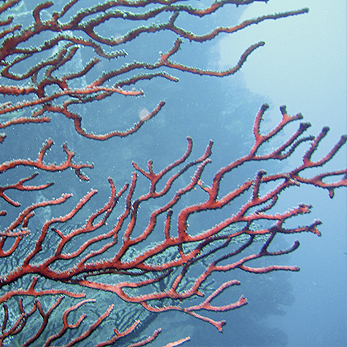Methods established to evaluate progress towards some OSPAR objectives
OSPAR’s Joint Assessment and Monitoring Programme includes well-developed approaches for assessing eutrophication, hazardous substances and radioactive substances Table 11.1. Commonly agreed tools, methodological standards and guidelines provide the basis for a coordinated and quality assured evidence base across much of the OSPAR maritime area and have delivered OSPAR-wide assessments, for example, of contaminant concentrations. At the same time there has been a need to evolve the assessment of contaminant concentrations on the basis of their biological effects. Such developments have proved extremely challenging and, for the time being, the capacity to associate observed biological effects in the marine environment with specific contaminant concentrations is generally limited. Furthermore, understanding the cumulative effects of hazardous substances on populations of marine organisms remains an area of development. In support of this, OSPAR, in cooperation with ICES, is exploring techniques to evaluate toxic and genetic effects in organisms which are representative of marine ecosystems.
OSPAR assessment work is founded in sound science and supported by exchange with ongoing marine research, particularly on underlying processes in the marine environment and on cause and effect relationships. It has taken considerable debate and scientific research to develop these assessment frameworks Table 11.1. The experience gained in this process contributes to their continuing evolution. There is important complementary assessment work carried out by other bodies in relation to commercial fish stocks and oceanographic parameters which needs to be incorporated into OSPAR assessments and methodologies. Monitoring and assessment of biodiversity is still a challenge as it requires significant information not only in relation to priority species and habitats, but also ecosystem structure and functioning, and needs to be linked with the existing OSPAR assessment work.
Continue to "EcoQOs provide an indicator-based assessment approach in Region II"

